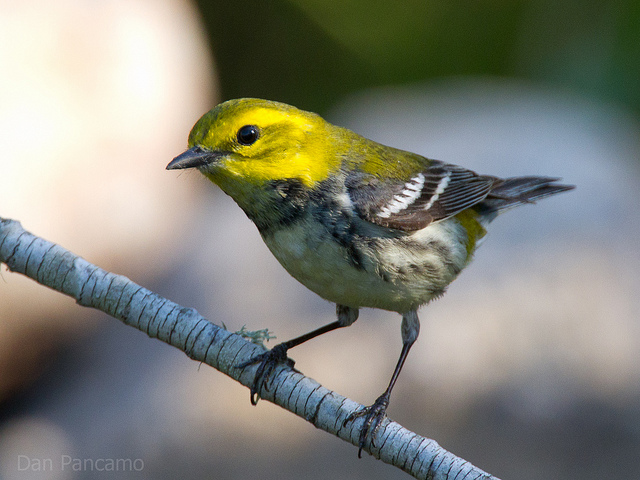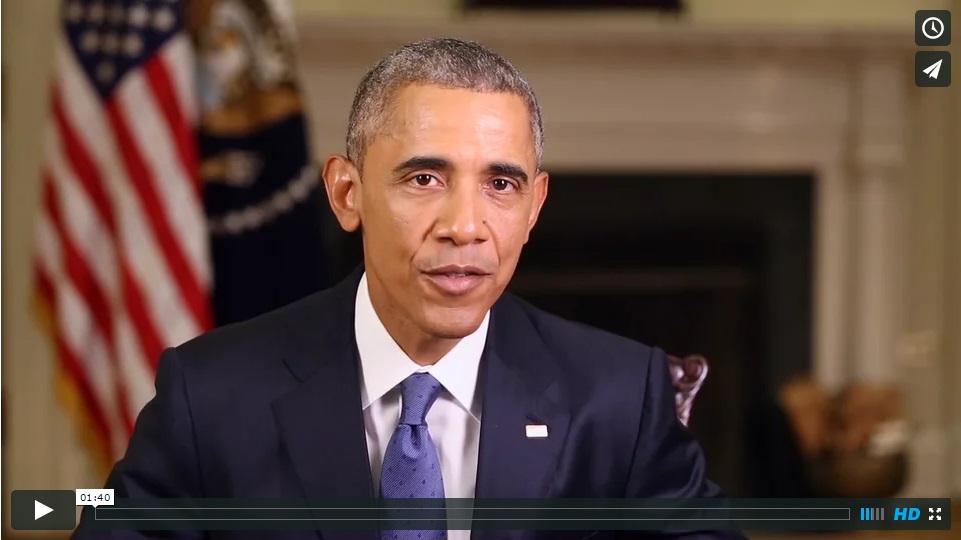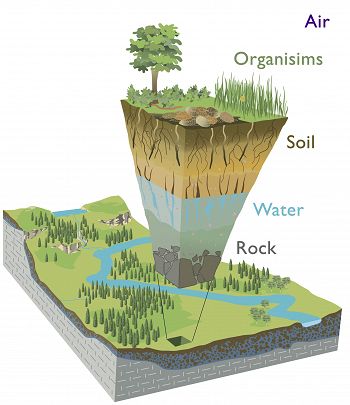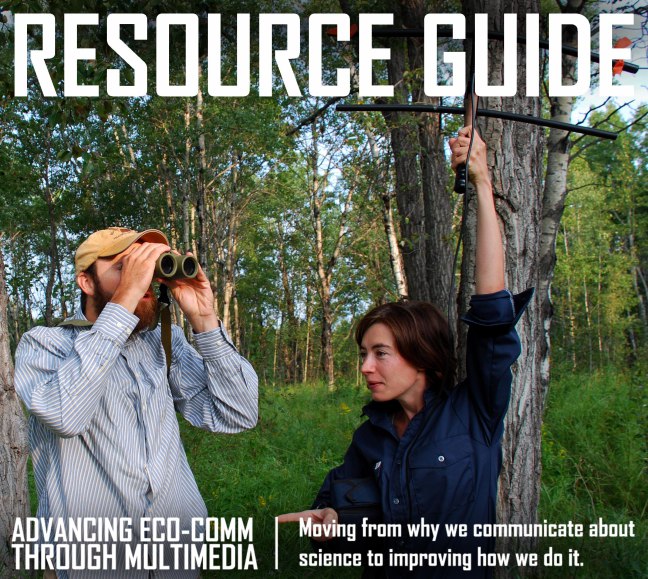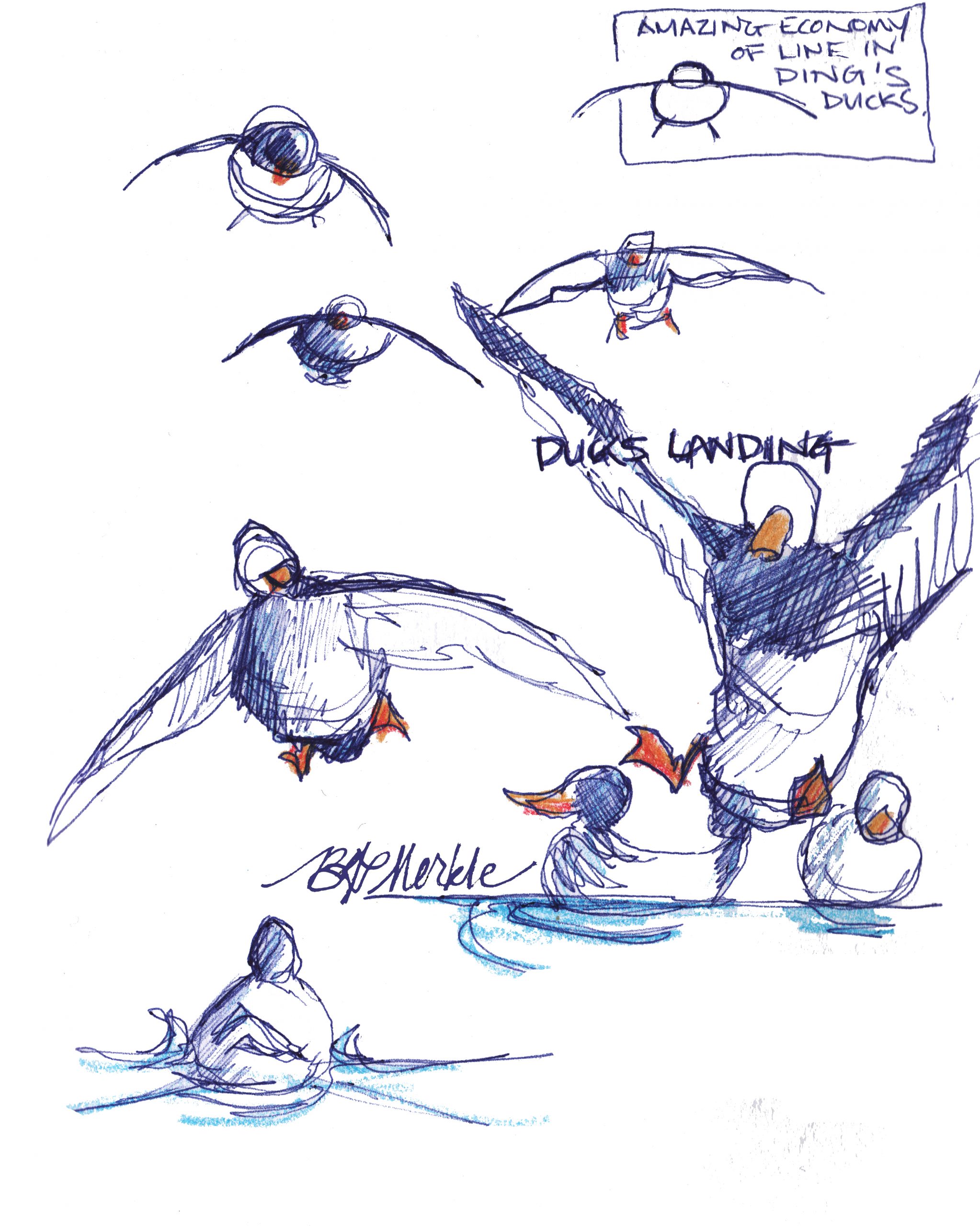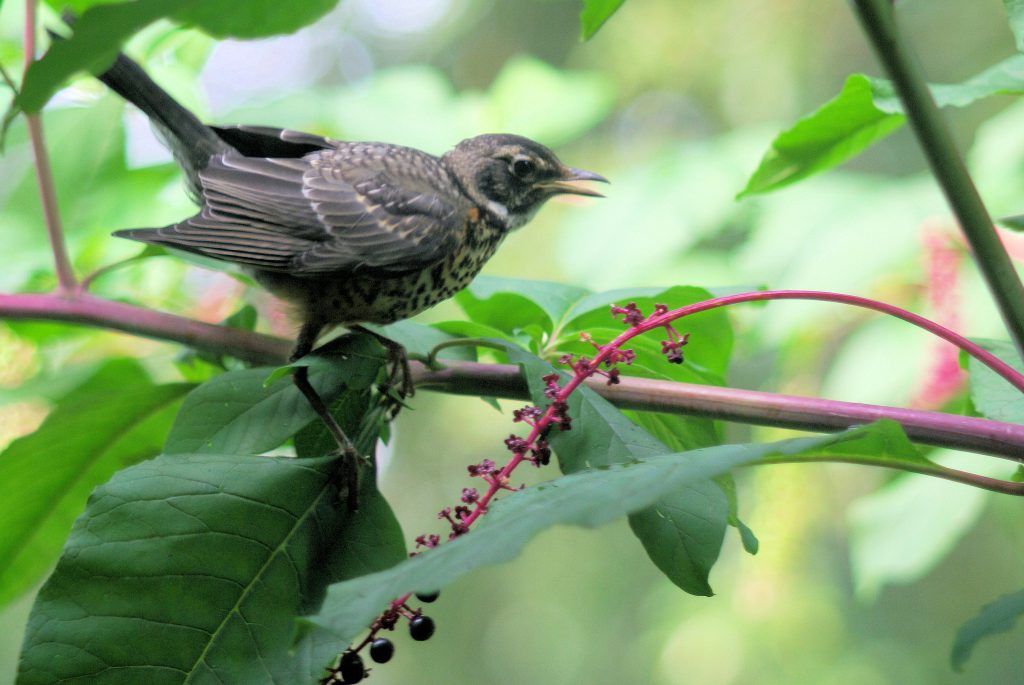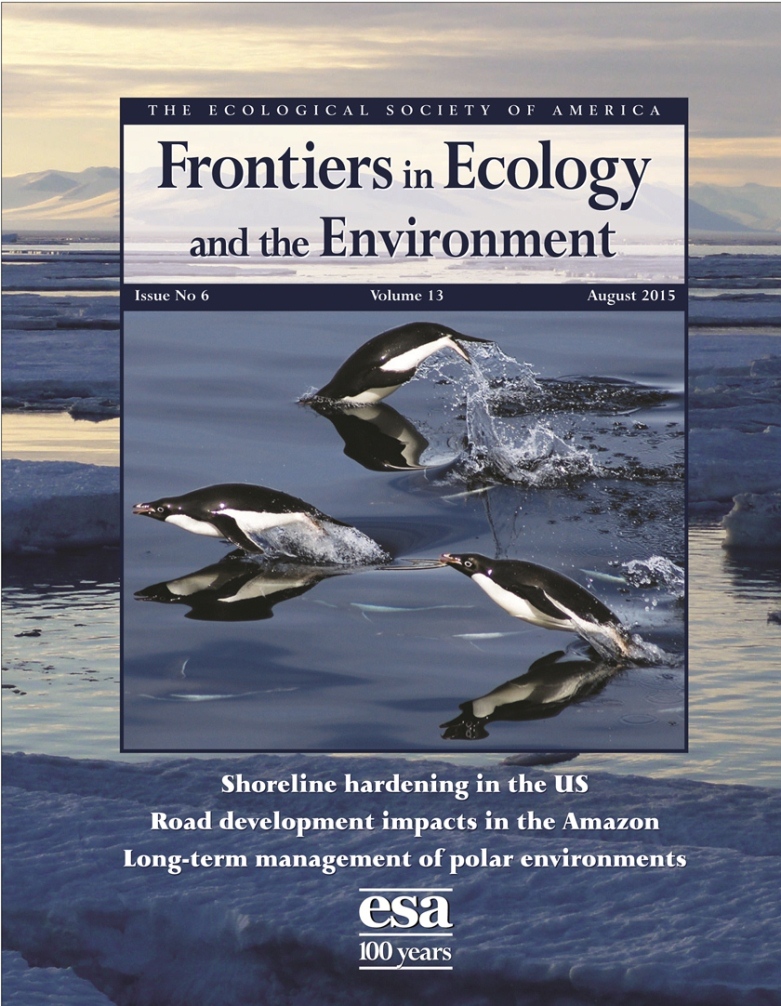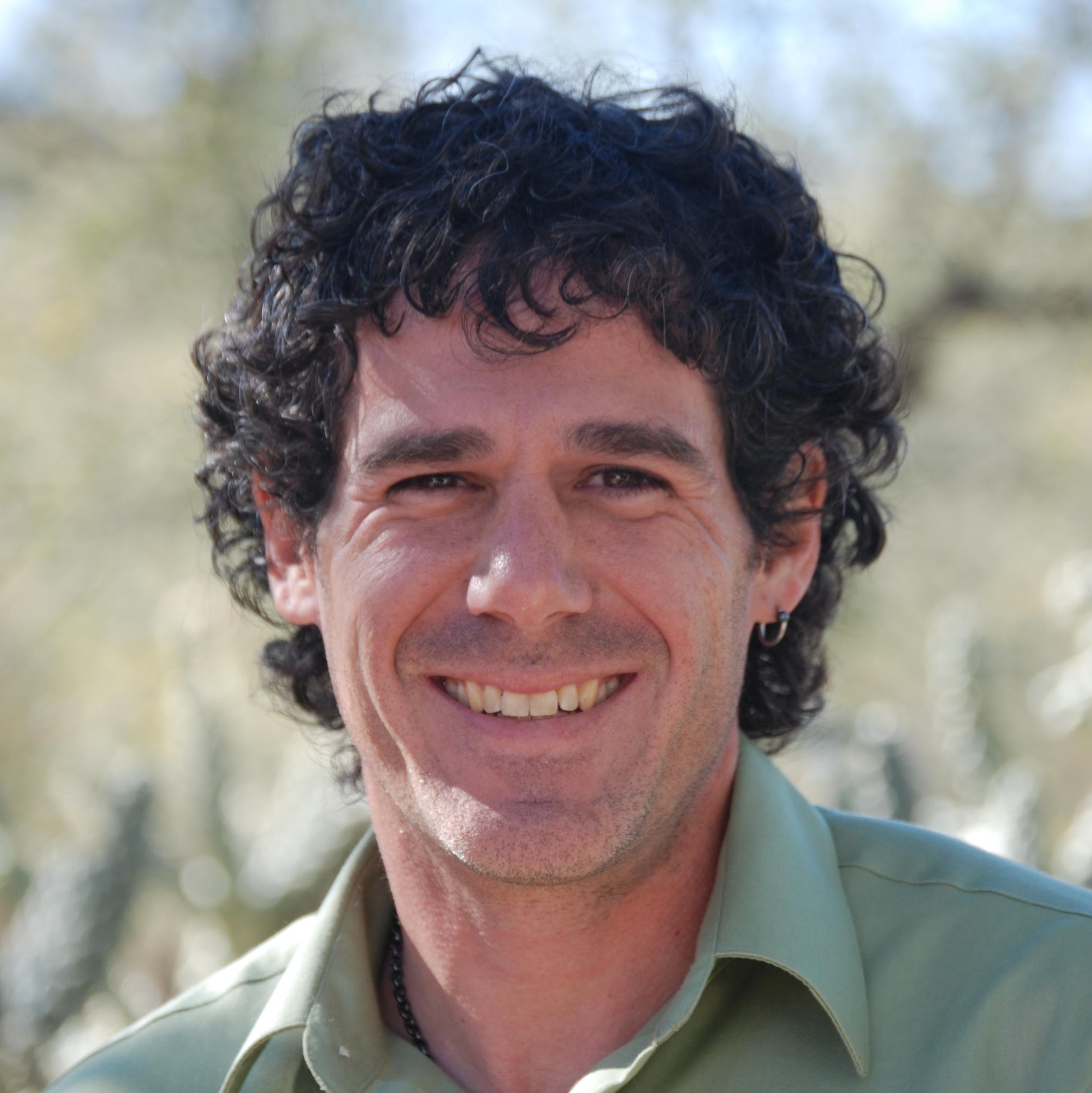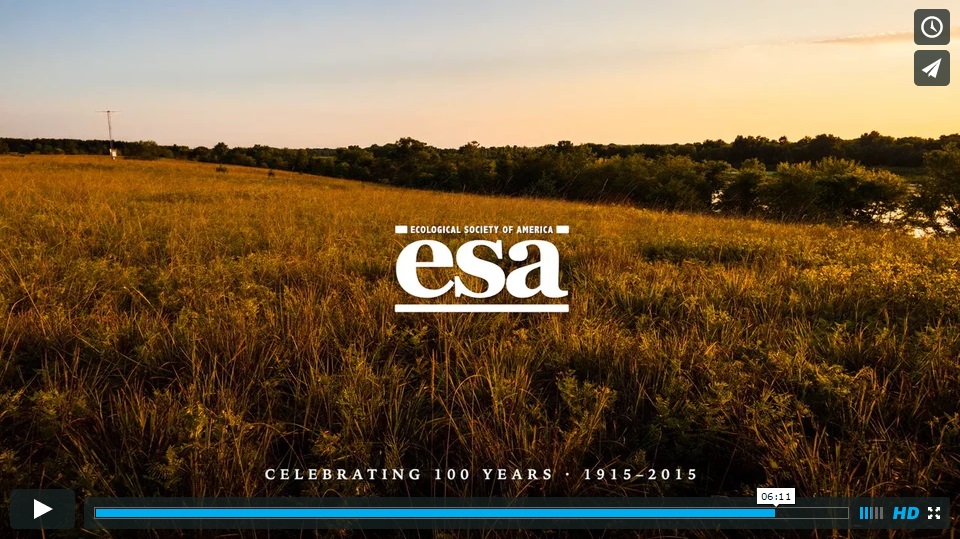
Ecology in a Changing World: the #ESA100 centennial video
Who is the face of ecology in the new millenium? Where do ecologists work and what research questions engage the community? How will ecology bring science to bear on the environmental problems of our age? Ecological scientists at the peak of their careers and those just starting out comment on the state of the discipline as the society enters its second century.
